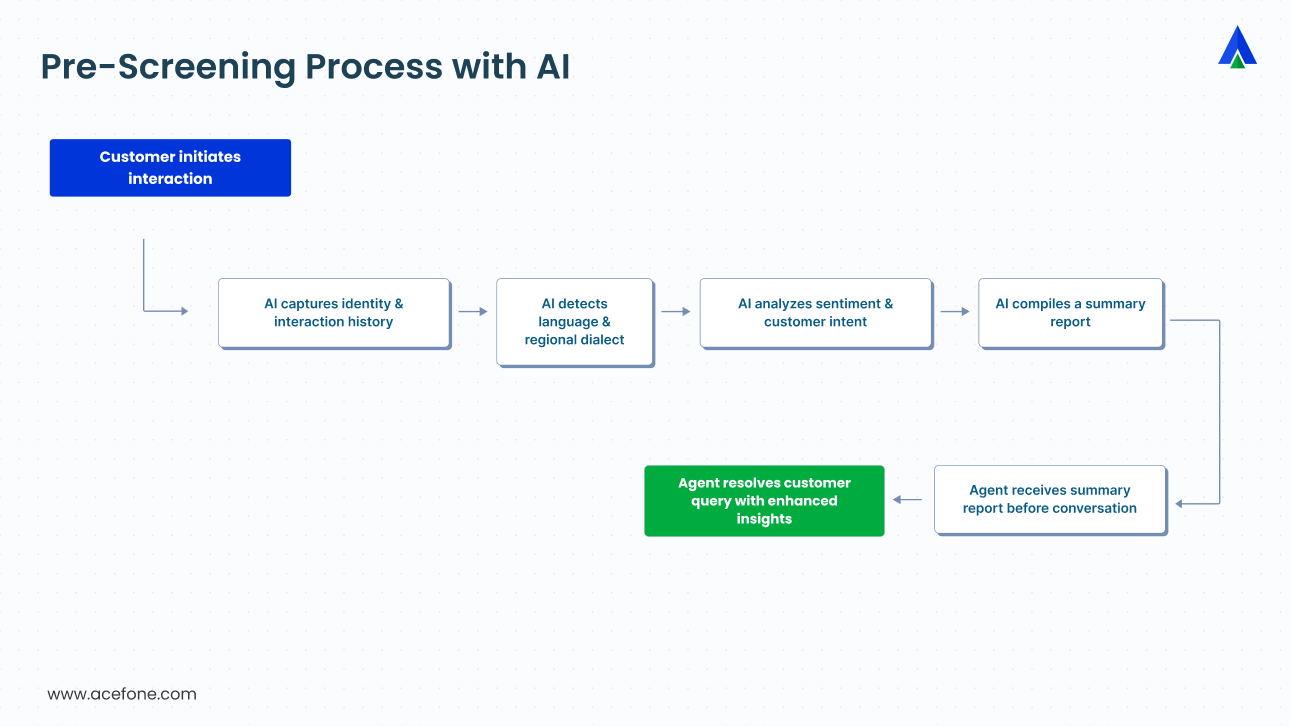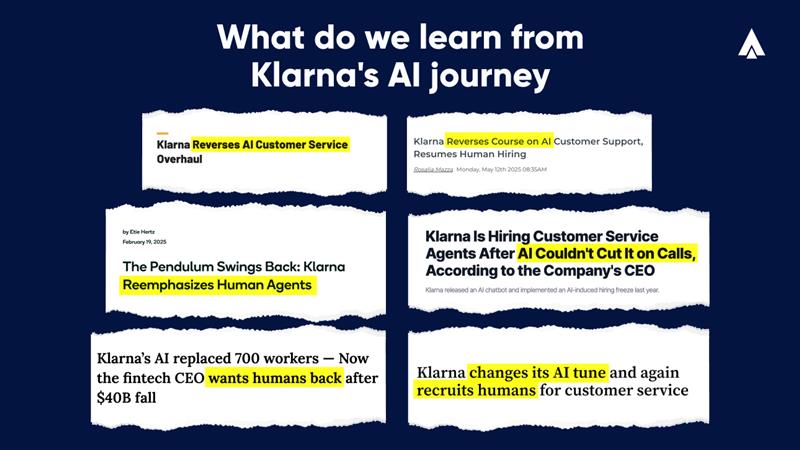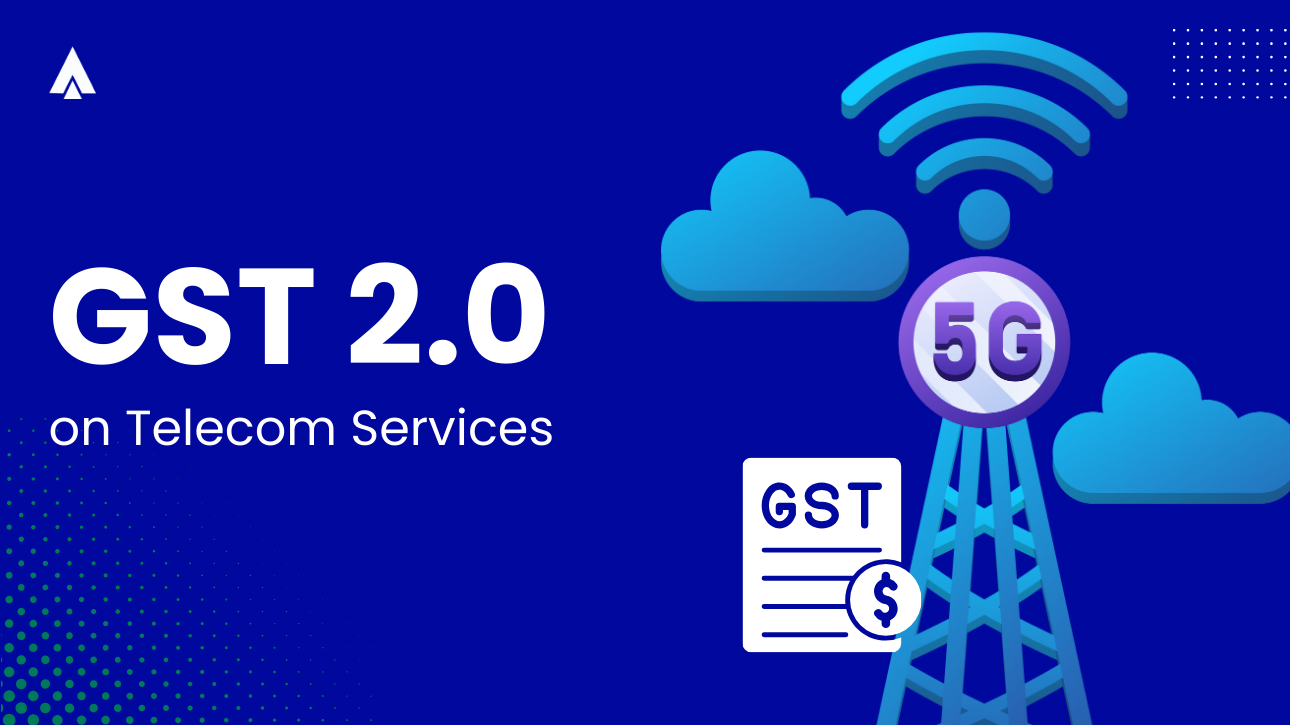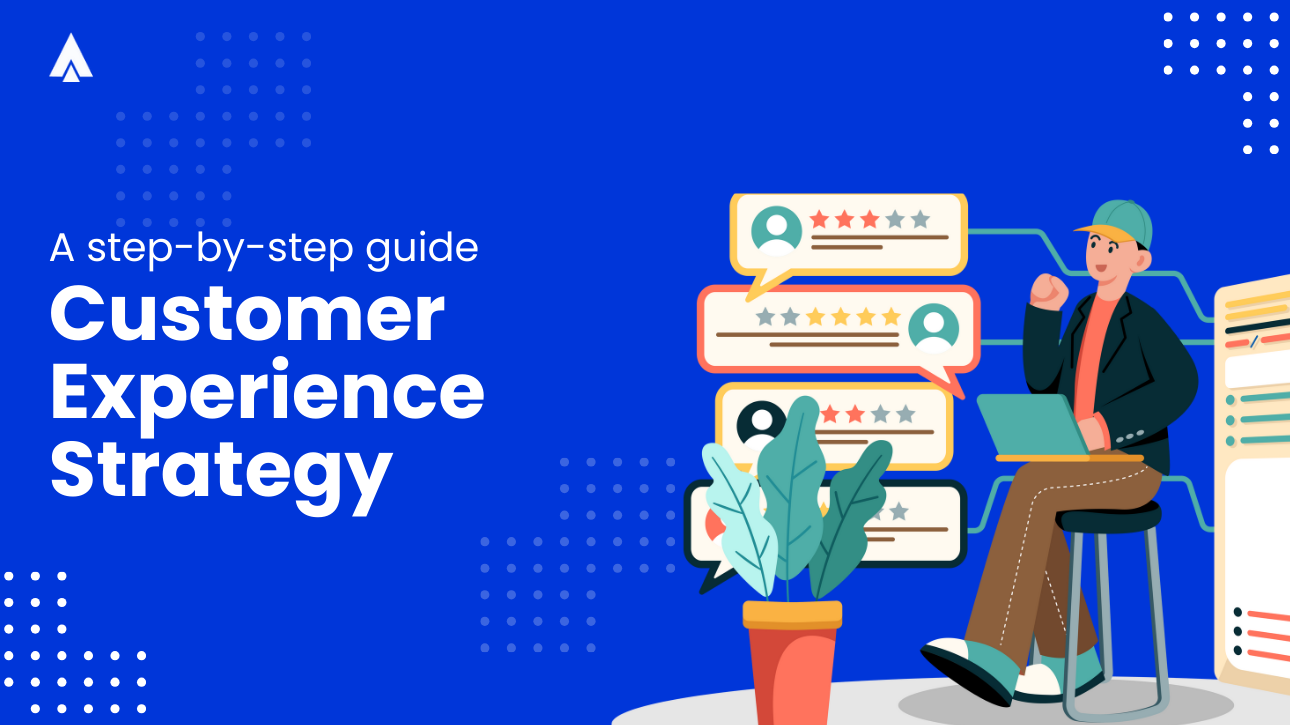Klarna emerged as a trailblazer in the AI-driven customer service market in 2024. This Swedish fintech company introduced an AI assistant which was developed in collaboration with OpenAI. It managed two-thirds of customer service chats within its first month, effectively performing the work of 700 full-time agents.
This move led to a significant reduction in human staff, with the company’s headcount dropping from 5,000 to 3,800, primarily through attrition. It grabbed a lot of headlines in the tech world, and the buzz around ‘AI-will-take-job-away’ gained momentum.
However, by May 2025, Klarna had to reverse their course of action.
Recognizing the limitations of an AI-only approach, the company began rehiring human agents to ensure customers could speak with a real person.
The CEO of Klarna, Sebastian Siemiatkowski acknowledged that while AI chatbots were cost-effective, they resulted in lower-quality service. This one-sided approach prompted the company to invest in the quality of human support and reintroduce the element of humanized personalization.
Key Lessons Learnt From Klarna’s Journey Towards A Blended Approach
This pivot in Klarna’s journey offers several key lessons for businesses considering AI integration:
AI Should Assist, Not Replace, Human Interactions
While AI can handle routine inquiries efficiently, it lacks the empathy and nuanced understanding that human agents provide. Which is why businesses must focus on using AI functionalities to assist agent customer conversations and not replace them. Agents can benefit from using tools like sentiment analysis, post conversation analytics, live call monitoring, and more.
Pre Screening for Agents
Before a human agent becomes involved, Klarna’s AI system performs a comprehensive pre-screening test to collect and synthesize critical information. Details like name, account history, transactions, previous interactions, preferred language, sentiment, and emotional tone of the customer’s message. By using advanced voice recognition, the AI can detect whether a customer is frustrated, confused, or calm.
Additionally, the AI can organize this data into a summary or case file that is passed directly to the agent’s interface, allowing them to quickly understand the context and plan their approach before initiating the conversation.

Maintain Human-in-the-Loop (HITL) Systems
Ensuring that customers have access to human support when needed is crucial for maintaining trust and service quality. Finding a compatible solution for the customer may require more ‘natural’ intelligence based on their language, accent, product understanding, and other vital factors.
Like Klarna’s approach, you can use AI to identify and adapt to regional speech patterns, allowing faster and more accurate interpretation of customer queries. AI tools can be trained on large datasets of regional accents, dialects, and language nuances, ensuring better understanding of customer intent.
AI Model Retraining and Optimization
Agents regularly assessing the AI systems’ performance helps identify areas where human intervention may still be necessary. Comparing AI outputs with agent made decisions highlights the AI’s learning so far, and areas of improvement.
As we know every system has some scope of optimization, it becomes even more essential to measure AI outputs. Not just quantitative metrics, but also qualitative terms as well. With Klarna’s story in review, we can allow agents to monitor every AI-decision, provide feedback to the AI’s training model, and help it grow.
Flexible Strategies
Being willing to adjust strategies in response to customer feedback and service outcomes is vital for long-term success. Klarna has shown a great example of flexibility here as it is not moving completely away from AI bots but adding human agents to remain available if needed. The company claimed that within a month of implementation, AI handled 75% of the company’s customer chats, which is almost 2.3 million conversations.
Hybrid Models Are Effective
Global leaders like Amazon, Alibaba, Mastercard, and Salesforce have found the blend of AI and human agents to be highly effective for customer interactions. Combining AI for routine inquiries with human agents for more complex issues enhances customer satisfaction and operational efficiency. While several brands initially tried to replace human agents with AI, such examples tell otherwise.
Acefone’s AI-Human Blended Approach
Klarna’s experience underscores the importance of a balanced approach to AI adoption, where technology enhances human capabilities rather than attempting to replace them entirely. Acefone, following the same approach offers a cloud-based communication suite that incorporate AI to enhance customer interactions.
AI-Powered Virtual Assistants
It utilizes advanced speech recognition to understand and respond to customer queries in multiple languages, providing instant support for common issues.
Intelligent Call Routing
Acefone’s solutions analyze customer data to direct calls to the most appropriate agent based on query nature, customer history, and agent expertise, reducing wait times and improving resolution rates.
AI Agent Assist
This feature provides agents with on-screen prompts and relevant data during live interactions, by analysing and documenting discussion points, added notes, and other details. It helps enhance the agent’s ability to resolve issues efficiently.
Sentiment Analysis
Acefone solutions leverage AI to detect customer emotions through voice and text analysis, enabling agents to tailor responses and escalate issues when necessary.
Bottom Line
Both Acefone and Klarna demonstrate the significance of integrating AI with human expertise in customer service. Acefone’s approach emphasizes a balanced model, leveraging AI for efficiency while maintaining human agents for complex interactions.
Curious how to prevent call center shrinkage while scaling AI? Discover proven strategies to maintain staffing balance and customer experience.














